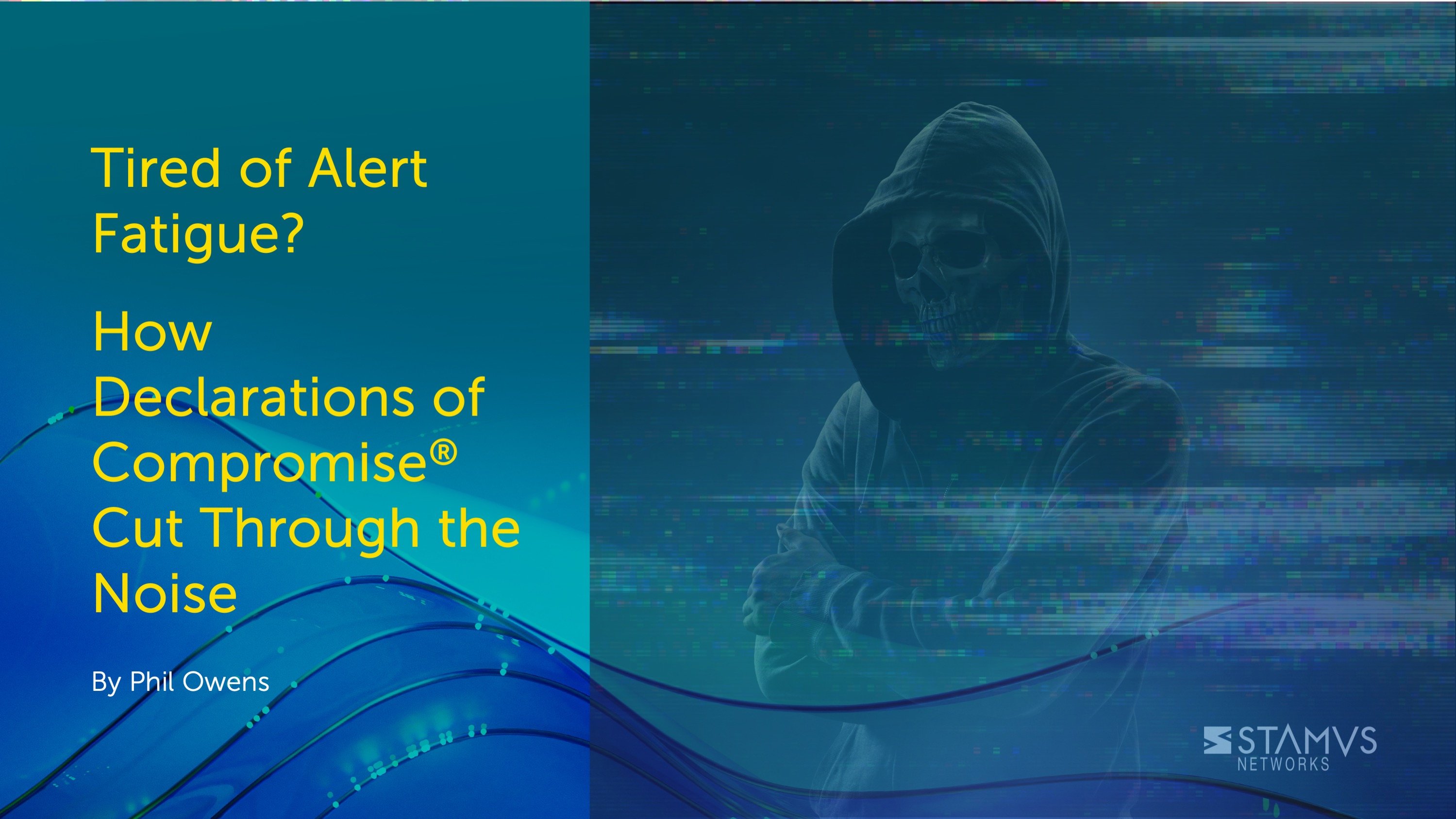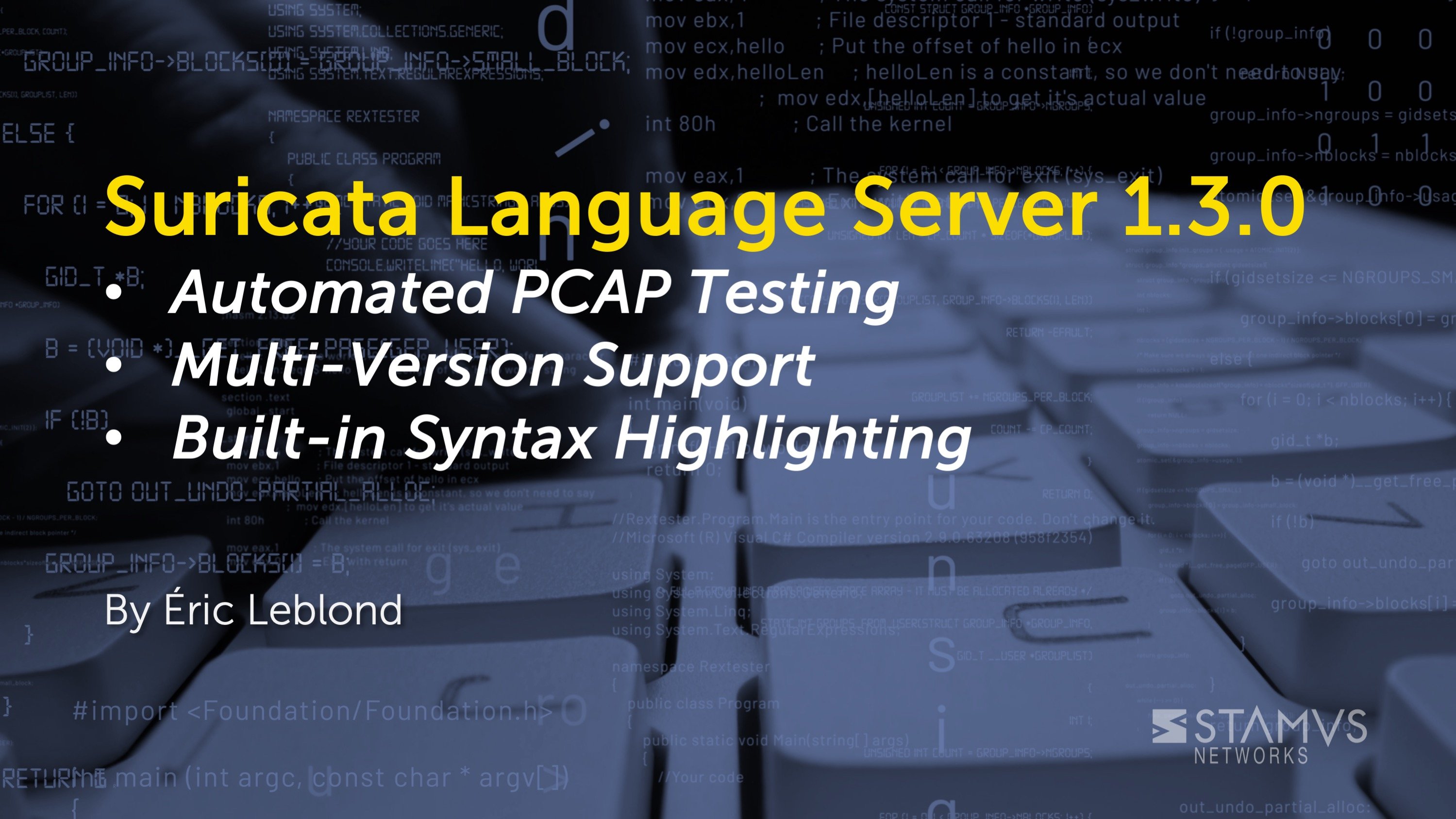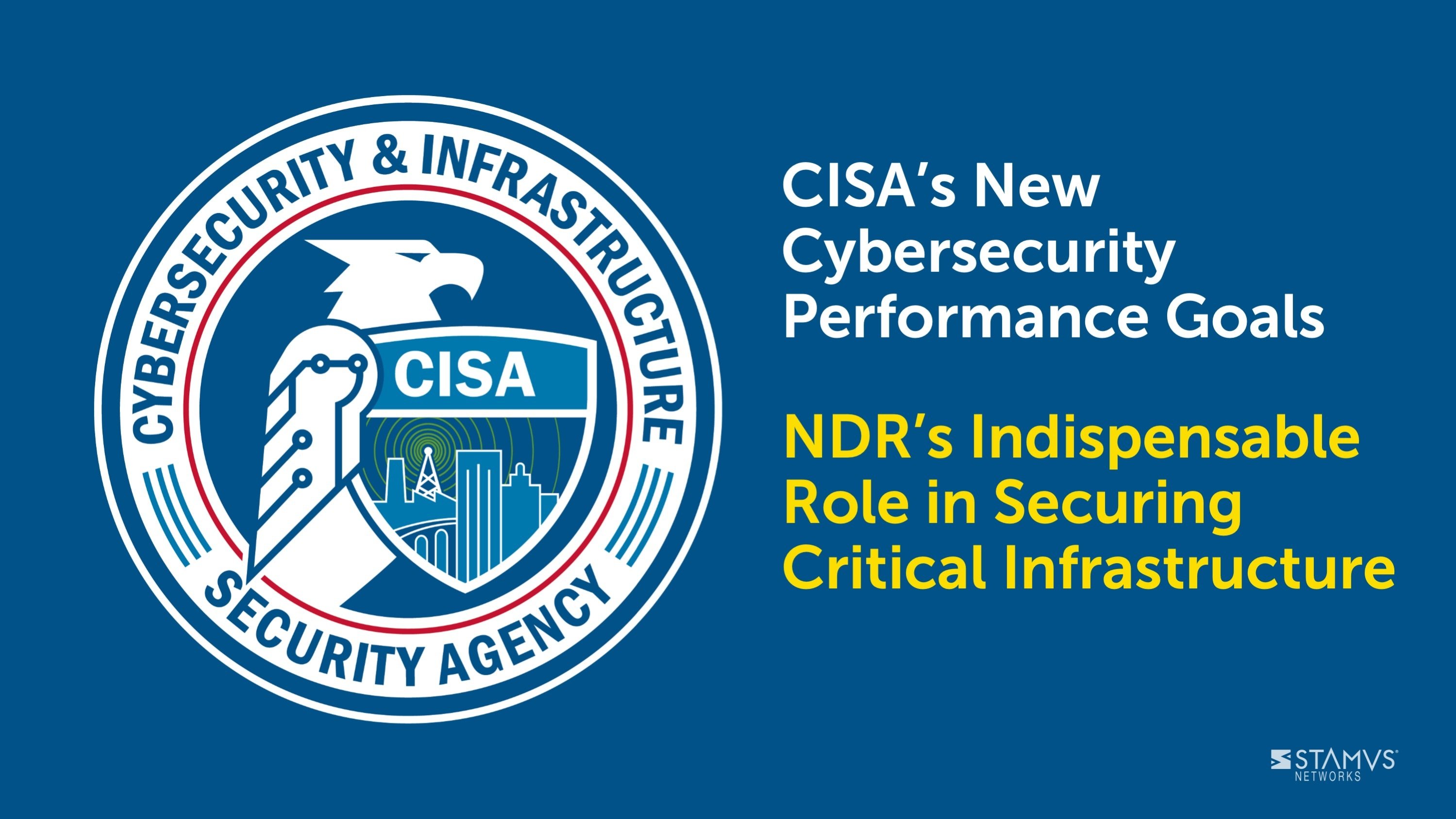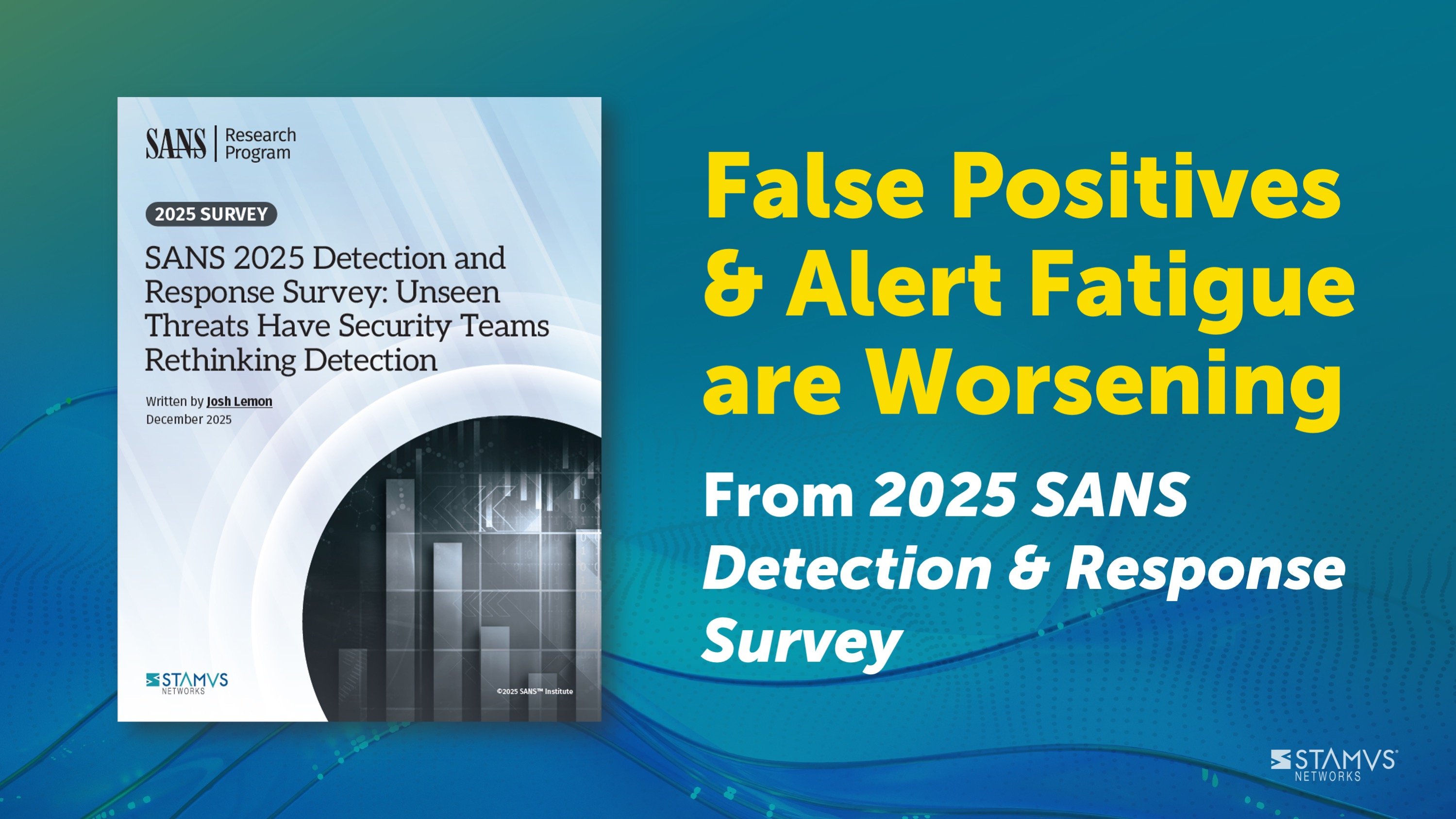Security operations centers (SOCs) are drowning in a deluge of alerts. Millions of network events generate a constant stream of notifications, leading to an overwhelming sense of "alert fatigue." This isn't just annoying; it's dangerous, as critical threats can easily be missed amidst the sheer volume of low-priority or false-positive alerts. But what if you could dramatically reduce this noise and focus only on the incidents that truly matter?
This is where Declarations of Compromise (DoC) from Clear NDR emerge as a game-changer, offering a powerful solution to alert overload by focusing on high-fidelity, asset-oriented security incidents.
The Problem: Security Alert Overload
Consider a typical 10 Gbps network connection. Traditional security monitoring might generate millions of individual network events. While comprehensive, this data volume makes it incredibly challenging for security teams to identify genuine threats. Incident responders spend valuable time sifting through irrelevant alerts,
leading to:
- Burnout: Constant false positives and low-priority alerts can lead to analyst fatigue and demotivation.
- Missed Threats: The sheer volume increases the likelihood that a critical, high-impact alert will be overlooked.
- Inefficient Operations: Resources are wasted on chasing down non-existent or minor issues instead of addressing real compromises.
The Solution: DoC's Powerful Noise Reduction
DoCs are designed precisely to combat this alert fatigue. Instead of presenting you with every single detection, Clear NDR processes vast amounts of network metadata and discrete threat detections to pinpoint only the most serious, imminent, and true positive threat events. This means:
- Focused, Actionable Incidents: DoCs transform millions of network events into a manageable number of focused, actionable incidents. They provide a clear starting point for investigation by issuing a confident "declaration" of compromise.
- High-Fidelity Detections: DoCs are based on curated threat detection methods designed to trigger only under conditions of an active incident, leading to near-zero false positives. You can trust that when a DoC is generated, it represents a genuine threat like malware, lateral movement, or an advanced persistent threat (APT).
- Asset-Oriented Insights: Each DoC is tied to a specific asset (e.g., a host), centralizing all relevant evidence and insights. This eliminates the need to piece together information from disparate alerts, streamlining the investigation process.
- Low Noise, High Impact: While Clear NDR continuously logs repeated detection events against an asset, only the first instance generates a DoC. This prevents redundant alerts and ensures that your security team is notified only when a new, critical compromise is identified. Subsequent occurrences are logged but don't re-trigger a DoC, keeping your alert queue clean.
- Complete Attack Timeline: Beyond simple detection, each DoC maps to specific phases of the cyber security kill chain. This provides a complete attack timeline, offering immediate context on how the incident unfolded from initial compromise through its potential blast radius.

Empowering Your Security Team
By dramatically reducing the volume of alerts and providing high-fidelity, actionable intelligence, Declarations of Compromise empower your security personnel to:
- Prioritize Effectively: Focus their expertise and resources on genuine threats.
- Respond Faster: Investigate and remediate incidents with greater speed and accuracy.
- Improve Efficiency: Transform security operations from a reactive, alert-driven process into proactive incident management.
- Reduce Burnout: Minimize the frustration associated with constant false alarms, allowing analysts to concentrate on meaningful work.
In a world where cyber threats are constantly evolving, effective noise reduction is no longer a luxury—it's a necessity. DoCs offer a clear pathway to a more efficient, effective, and less fatiguing security operation.
Further Reading
For a more in-depth understanding, read our full Tech Brief on Declarations of Compromise and Declarations of Policy Violations on our website: https://www.stamus-networks.com/hubfs/Library/Documents%20(PDFs)/StamusNetworks-TB-FILTERS-072025-1.pdf
To learn how analysts can pivot from a DoC to a complete package of evidence in two clicks, check out this blog entitled “Two Clicks to Evidence,” here: https://www.stamus-networks.com/blog/reduce-mean-time-to-detection-2-clicks-to-evidence-with-clear-ndr
To understand how Clear NDR can dramatically reduce the costs associated with retaining network forensic evidence, read these two docs:
- Optimizing Clear NDR™ Storage with Conditional Logging - https://www.stamus-networks.com/hubfs/Library/Documents%20(PDFs)/StamusNetworks-TB-CONDITIONAL-LOG-042025-1.pdf
- Reduce the Costs of SIEM Data Retention with Clear NDR™ - https://www.stamus-networks.com/hubfs/Library/Documents%20(PDFs)/StamusNetworks-TB-CUT-SIEM-INGEST-042025-1.pdf






